What is it?
Company officials appear nervous when a group of journalists arrive at Mercedes-Benz’s expansive Immendingen test facility in southern Germany to drive the new Mk5 C-Class for the first time. This is how it has always been when a fresh incarnation of the BMW 3 Series rival has appeared down the years – and with good reason.
Since its introduction in 1993, the C-Class has garnered a total of 8.6 million sales worldwide, including 2.5 million sales of the Mk4 model, which was introduced back in 2014. A good deal of Mercedes’ growth and profitability over the past three decades can therefore be traced to its success. So, the new model (codenamed the W205) clearly has a whole lot to live up to.
This time around, however, the odds of repeated success appear less certain than ever. Not because of any fundamental weakness in the C-Class itself – far from it, in fact. But with the paradigm shift currently being experienced in every corner of the car industry as governments around the world work to impose measures that favour electric cars, traditional ICE favourites suddenly find themselves under increased pressure.
Having made a big step with the Mk4 C-Class, this new one represents more of an evolutionary change than a new start. It retains the same basic building blocks as its hugely successful predecessor – although pretty much every component has been altered to boost its appeal and thus keep those sales ticking over.
And to make regulators happy and appease environmentalist groups, it also adopts electrified technology across the range. The C-Class has influence beyond its initial saloon and estate variants: it also forms the basis of the second- generation GLC SUV, which is due in 2022 in both conventional and coupé-esque forms. That’s a big deal.
In a move that harks back to the Mk1 C-Class, Mercedes has provided the new model with closer styling links to the latest E-Class and S-Class than more recent iterations as part of a wider effort to imbue its line-up with a more cohesive styling lineage.
This is evident in the shape of elements such as its front grille, headlights, ‘power domes’ on the bonnet and horizontally positioned tail-lights, which now extend into the boot lid to give the C-Class greater perceived width.
It also keeps its cab-rearward profile, six-window glasshouse, largely unadorned flanks and overall stance – all closely modelled on those of its larger siblings to give it a sleek drag coefficient of 0.24.
For the first time, Mercedes is launching a new C-Class saloon and estate at the same time: the usual six-month wait for the latter has been eradicated through improvements in production-line efficiency. Two-door coupé and cabriolet variants will follow, although not before 2023.
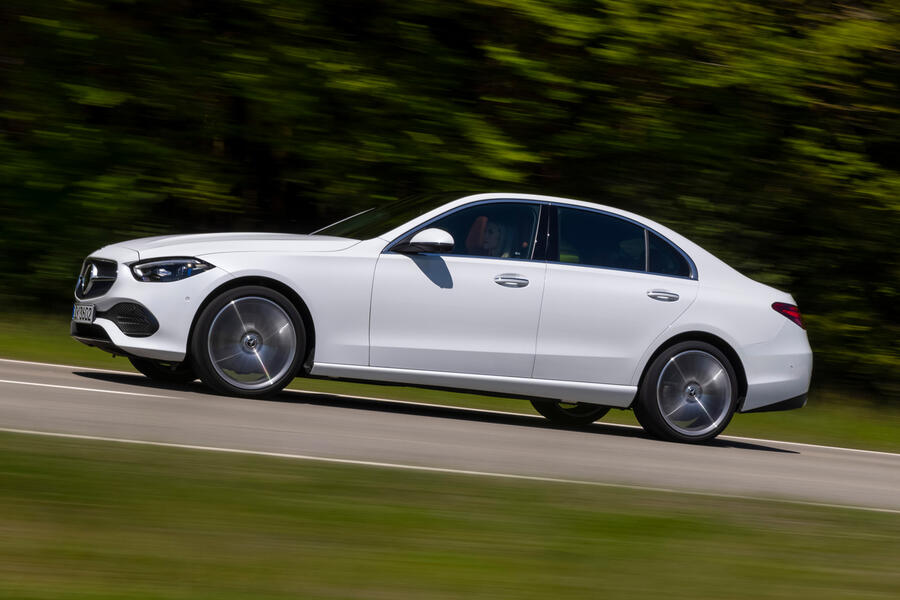























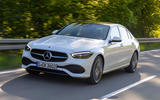
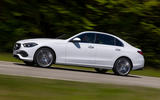
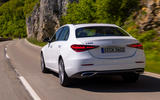
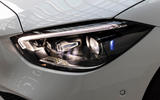

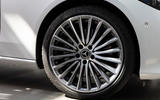

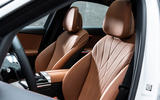
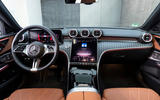

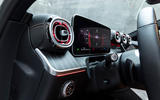
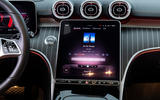
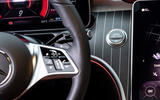
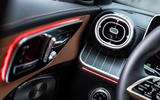
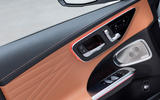
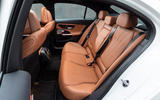
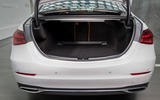
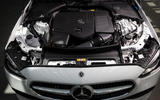
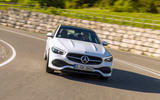
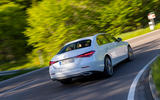
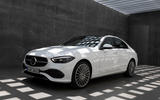
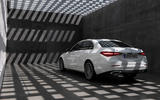
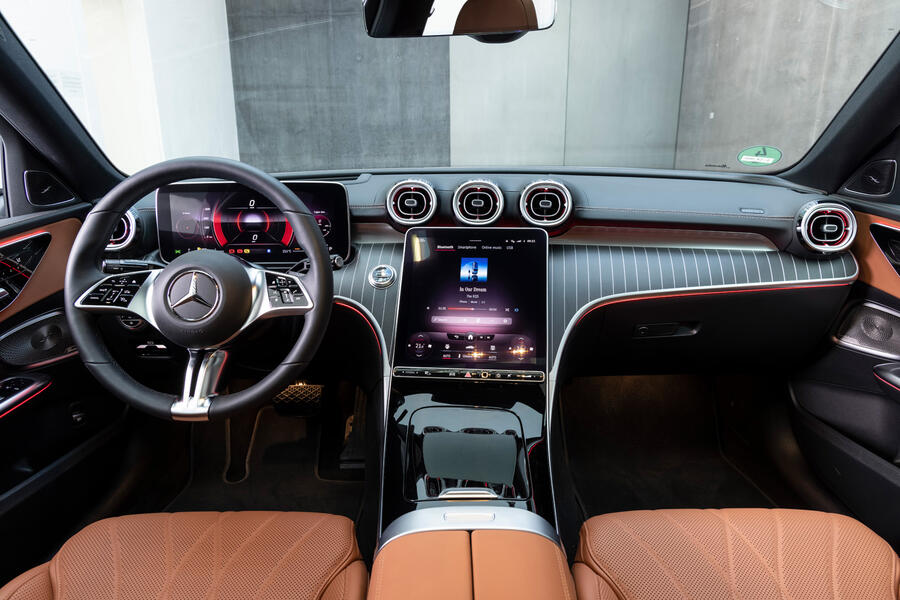
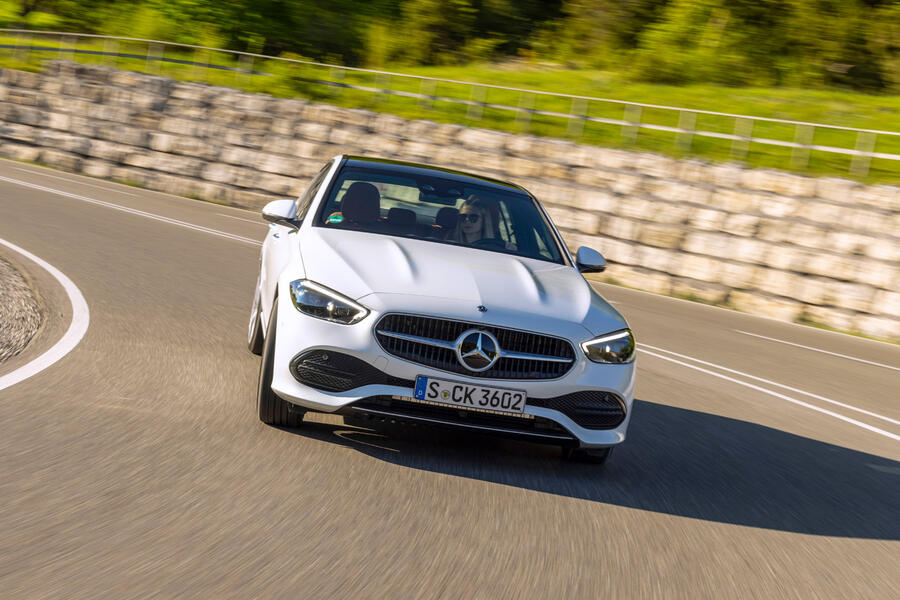
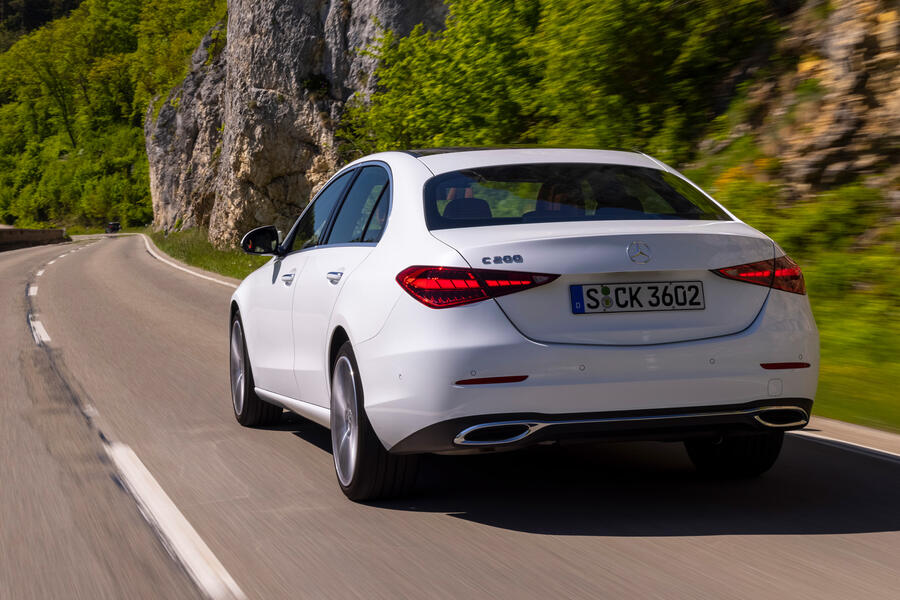

Join the debate
Add your comment
The 'd' in C220d stands for "Doh! I should have bought an EV". This is another clattering antique that should have been pensioned off during the pandemic. These dirty diesel cars have no future, partly because they've been supplanted by EVs, but also because of the deadly impact they have on human health.
Here is a useful quote from Mike Berners-Lee which sums up the problem: "A five-mile drive in a congested city in a diesel car takes a hour away from the lives of the people you drive past." From: There is no Planet B, by Mike Berners-Lee